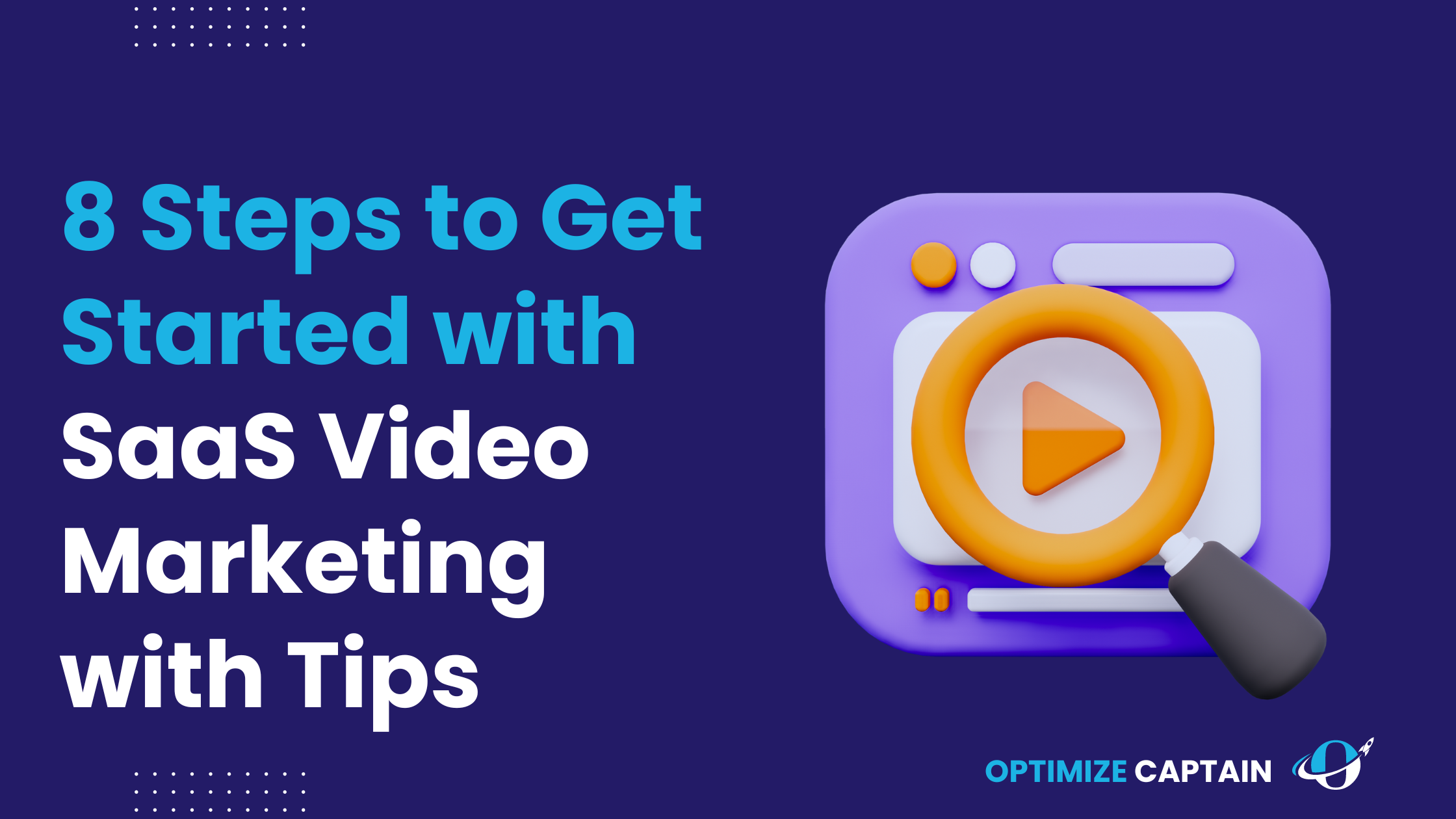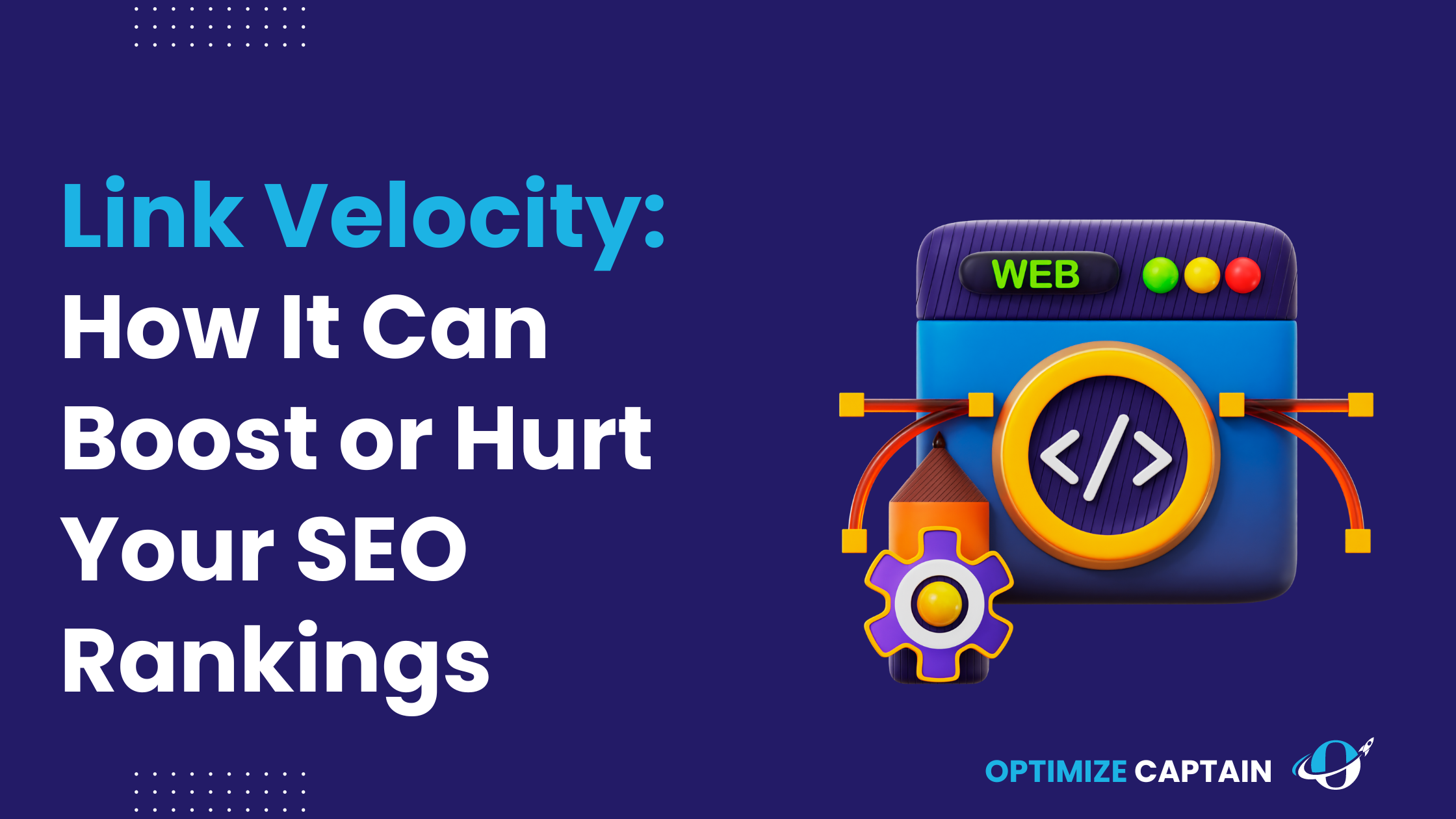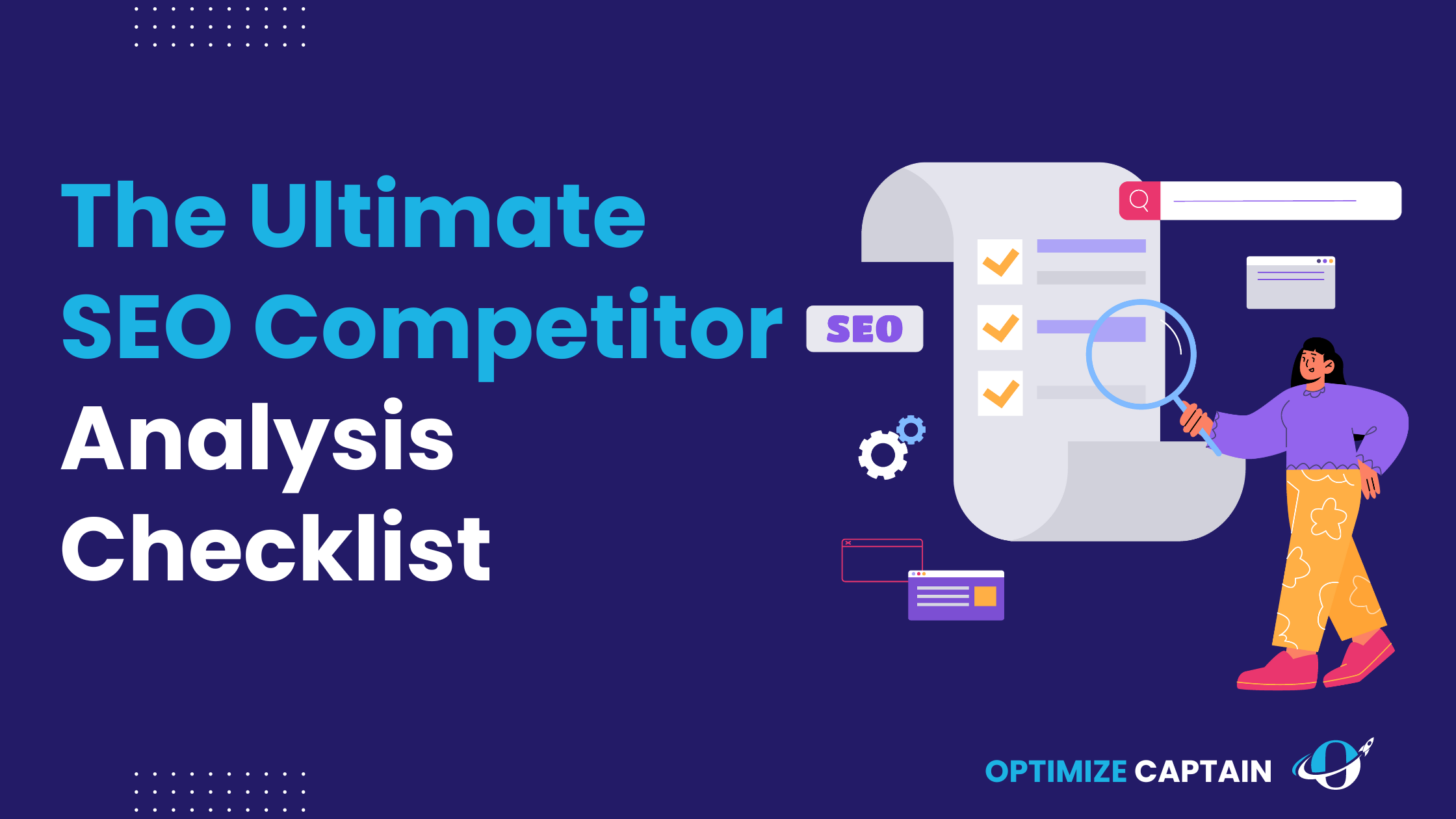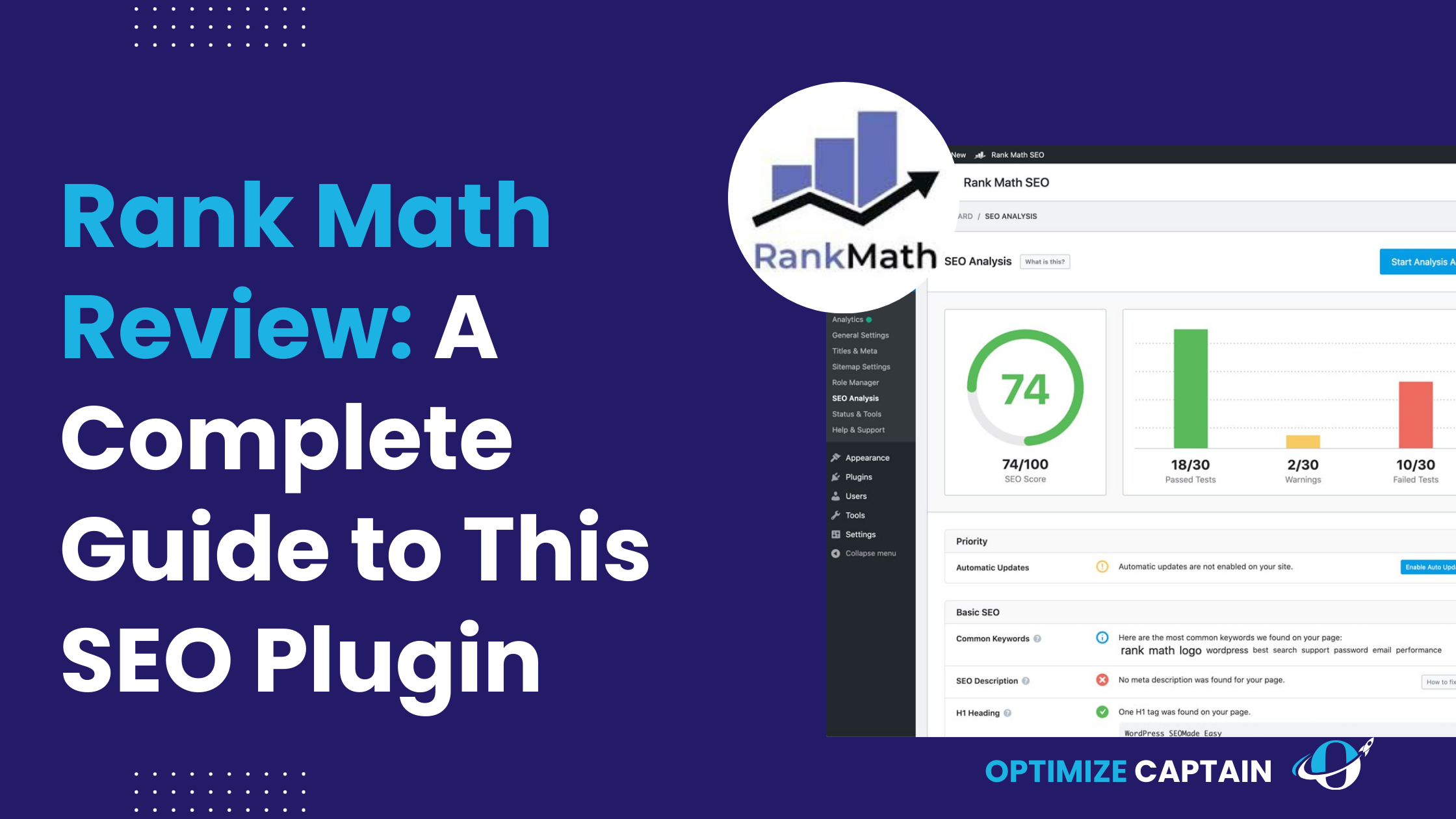Did you know that by 2023, videos will make up 82% of all internet traffic?
This huge number shows a big change in how people prefer to consume content online.
Customer attention spans are shrinking rapidly day by day.
Now, the average attention span is just three seconds.
This creates a tough challenge for businesses to grab and keep their audience’s attention.
Text-based content is becoming less effective, and more people are turning to videos.
Videos are more engaging, easier to watch, and can explain complex ideas quickly.
For SaaS (Software as a Service) companies, using video content is now crucial.
It’s not just a choice anymore; it’s a must.
Let’s explore how to maximize the full potential of video content for your SaaS businesses and integrate it into your broader content marketing strategy for results.
What is SaaS Video Marketing?
It is a process of selling software services using videos called SaaS video marketing.
They offer a channel to demonstrate how your software is used, emphasize some features, and explain how it allows people and organizations to run their lives mid-workflows.
To increase your reach, you can display these videos with your other content on the website, in social media posts, email campaigns, and in many different places.
You want SaaS video marketing to sow seeds, engage leads and prompt action, whether free trial signups or purchases.
SaaS Video Marketing – Why It Matters?
Enhanced Engagement
A video is more engaging than text or images.
They are quick and engaging in these open-space environments.
This is why videos are a powerful way to attract and keep your audience engaged in whatever content you have.
Better Information Retention
Information stands out more when people see it in a video.
Audience engagement is 95% more when watching a video than if it was full text.
This means video is more memorable regarding your message to the audience.
Improved SEO
Search engines love video content, notably Google.
Your website will appear in search engine results if it contains videos.
That means when more people search about issues related to your product, the central part of those individuals will find your site.
High Conversion Rates
The use of videos can drive your conversion rates up.
91% of respondents said that video made them buy a certain product or service in the past.

Most videos shown on landing pages can increase conversions by up to 80%
This equals more clicks and actions from the visitors you drive to your site (be account sign-ups or product purchases).
Types of SaaS Video Marketing
SaaS companies can create videos to engage their audience and drive conversions. Each type serves a different purpose and can be used at various customer journey stages. Here are some of the most effective types:
SaaS Product Demonstrations
Product demo videos showcase your software in action. They highlight key features, demonstrate functionality, and show potential customers how your product can solve their problems. For example, a product demo for a project management tool might show how to create tasks, assign team members, and track progress. These videos help potential customers understand the value of your product and visualize how it can fit into their workflow.
SaaS Customer Testimonials
Customer testimonial videos feature satisfied clients sharing their positive experiences with your product. These videos build trust and credibility, making it easier for prospects to make purchasing decisions. For instance, having a well-known company in your industry share how your software improved their efficiency can be very persuasive. According to a study by Wyzowl, 89% of marketers say that video testimonials are the most effective content for building trust.
SaaS Tutorials and How-Tos
Tutorial videos provide step-by-step instructions on how to use your software. These videos are valuable for onboarding new users and helping existing customers get the most out of your product. For example, a tutorial for a graphic design tool might show how to create a logo from scratch. Tutorials can reduce the learning curve and increase customer satisfaction by making it easier for users to understand and utilize your software’s features.
SaaS Explainer Videos
Explainer videos are short, engaging videos that explain complex concepts in a simple and easy-to-understand way. They are perfect for introducing your product and its benefits to potential customers. For instance, an explainer video for cybersecurity software might use animations to show how it protects against threats. These videos are highly shareable and can help spread awareness about your product.
SaaS Webinars and Live Streams
Webinars and live streams allow you to connect with your audience in real time. You can use these formats to provide in-depth product demonstrations, answer questions, and engage with your community. For example, hosting a webinar about new software features allows you to showcase updates and gather feedback directly from users. According to GoToWebinar, 73% of B2B marketers and sales leaders say a webinar is the best way to generate high-quality leads.
SaaS Case Studies
Case study videos showcase real-life examples of how your product has helped customers achieve their goals. They are powerful tools for demonstrating the value and effectiveness of your software. For instance, a case study video might feature a company that used your CRM software to increase its sales by 30%. Case studies provide concrete evidence of your product’s impact and can be persuasive.
SaaS Company Culture Videos
Company culture videos give a behind-the-scenes look at your company. They help humanize your brand and build a connection with your audience. For example, a video showing your team’s daily activities or a fun company event can make your brand more relatable and appealing. These videos can attract top talent and show potential customers they are dealing with real people.
8 Steps to Get Started with SaaS Video Marketing
Getting started with SaaS video marketing can be manageable. Here are the steps to guide you through the process:
1. Define Your Goals
Start by defining your video marketing goals. Are you looking to increase brand awareness, generate leads, or improve customer retention? Clear goals will guide your video creation process and ensure your content aligns with your business objectives.
For example, if your goal is to generate leads, you might focus on creating explainer videos and webinars that provide valuable information in exchange for contact details.
2. Understand Your Audience
Understanding who your audience is is essential for making engaging videos. You must conduct market research to grasp their requirements, likes, and difficulties. This data will enable you to produce content that connects with your audience and deals with their particular issues. For instance, if your audience comprises small business owners, your videos should showcase how your software can assist them in saving time and enhancing productivity.
3. Plan Your Content
Develop a plan detailing the kinds of videos to be created, the subjects to be addressed, and the platforms to share the videos. Ensure this plan is in sync with your broader marketing strategy and objectives. For example, you could create a single product demonstration video, two instructional videos, and one customer testimonial video every month.
4. Invest in Quality Production
Quality is key in video production. Invest in good equipment, software, and professional help if needed. High-quality videos will reflect positively on your brand and help you stand out. For example, high-definition cameras, professional lighting, and clear audio can significantly affect your videos’ perceived quality.
5. Optimize for SEO
To maximize the reach of your videos, optimize them for search engines. Use relevant keywords in your video titles, descriptions, and tags. Additionally, transcripts and captions should be included to improve accessibility and SEO. For instance, if your video is about project management software, use keywords like “project management tools,” “task management,” and “team collaboration” in your video metadata.
6. Promote Your Videos
Once your videos are ready, promote them across various channels. Share them on your website, social media platforms, email newsletters, and other relevant channels. The more exposure your videos get, the more impact they will have. For example, you can create a teaser for your video and share it on social media to generate interest and drive traffic to the full video.
7. Distribute Your Videos
Effective distribution is crucial to ensuring your videos reach the right audience. In addition to promoting on your channels, consider collaborating with influencers in your industry, partnering with complementary businesses, and using video advertising platforms like YouTube Ads and Facebook Ads.
For instance, if you have a tutorial video, you can partner with a well-known industry blog to feature it, extending your reach to their audience.
8. Measure and Analyze Performance
Track the performance of your videos using analytics tools. Pay attention to metrics such as views, engagement, and conversion rates. Use this data to assess the effectiveness of your video marketing efforts and make necessary adjustments. For example, if a particular type of video performs well, consider creating more content in that format.
Tips for Producing High-Quality SaaS Marketing Videos
Creating high-quality videos is essential for engaging your audience and achieving your marketing goals. Here are some tips to help you produce top-notch SaaS videos:
1. Focus on Storytelling
Good storytelling is the heart of effective video marketing. Craft compelling stories that resonate with your audience and convey your message engagingly. For example, instead of just listing features, tell a story about how your software helped a customer overcome a specific challenge.
2. Keep It Concise
Attention spans are short, so keep your videos concise and to the point. Most videos should be 1-2 minutes long, with longer formats reserved for in-depth tutorials or webinars. For example, a product demo video should highlight the key features quickly without overwhelming the viewer with too much information.
3. Use Professional Equipment
Invest in professional video equipment, including a good camera, microphone, and lighting. High-quality visuals and audio will make your videos look more professional and engaging. For example, using a high-definition camera and a lapel microphone can significantly improve the production quality of your videos.
4. Pay Attention to Editing
Editing plays a crucial role in the quality of your videos. Use editing software to cut out unnecessary parts, add effects, and ensure a smooth flow. For example, adding transitions, music, and on-screen text can make your videos more polished and professional.
5. Include a call to action
Every video should have a clear call-to-action (CTA). Whether it’s encouraging viewers to sign up for a free trial, visit your website, or subscribe to your newsletter, make sure your CTA is clear and compelling. For example, at the end of a product demo video, you might include a CTA like, “Sign up for a free trial today and see how our software can help you manage your projects more efficiently.”
6. Leverage User-Generated Content
Encourage your customers to create and share their videos about your product. User-generated content adds authenticity to your marketing and can be a powerful tool for building trust and engagement. For example, you can create a campaign asking customers to share videos of how they use your software and offer incentives for the best submissions.
7. Test Different Formats
Experiment with different video formats to see what resonates best with your audience. Test different styles, lengths, and content types to find the winning formula for your SaaS video marketing. For example, you might try short, 30-second teaser videos for social media, longer 5-minute tutorials for your website, and live webinars for in-depth discussions.
Following these tips and best practices, you can produce high-quality SaaS videos that engage your audience, convey your message effectively, and drive conversions.
Case Study of SaaS Video Marketing
One of the best ways to understand the power of video marketing is through real-world examples. Let’s look at how a successful SaaS company utilized video marketing to achieve impressive results.
HubSpot’s Video Marketing Success
HubSpot, a leading SaaS company specializing in inbound marketing and sales software, has effectively leveraged video marketing to drive growth. Here’s how they did it:
Diverse Video Content
HubSpot created diverse video content, including product demos, customer testimonials, webinars, and educational tutorials. This variety ensured they could engage different audience segments with relevant content.
Educational Focus
HubSpot focused on providing educational content that added value to its audience. Its video tutorials and webinars covered various marketing and sales topics, helping its audience solve real problems and see the value in HubSpot’s products.
High Production Quality
HubSpot invested in high-quality production for their videos, ensuring professional visuals and audio. This attention to quality helped build trust and credibility with their audience.
Strategic Promotion
HubSpot strategically promoted its videos across multiple channels, including its website, YouTube, and social media platforms. It also incorporated videos into its email marketing campaigns, further extending its reach.
Measurable Results
HubSpot tracked the performance of its videos and used the data to refine its strategy. As a result of its video marketing efforts, it saw significant increases in engagement, lead generation, and customer retention.
Conclusion
Video content is a powerful tool for SaaS marketing, offering numerous benefits, from enhanced engagement to improved SEO. By understanding the different types of SaaS video marketing, following the steps to get started, and applying best practices for producing high-quality videos, you can maximize your impact and achieve your marketing goals.
Take inspiration from successful companies like HubSpot and utilize video content to elevate your SaaS marketing strategy today.
1. What types of videos are most effective for SaaS marketing?
The most effective types of videos for SaaS marketing include:
Product demonstrations: showcasing your software’s features and functionality.
Customer Testimonials: Featuring satisfied clients sharing their positive experiences.
Tutorials and How-Tos: Providing step-by-step instructions on using your software.
Explainer Videos: Engagingly simplifying complex concepts.
Webinars and Live Streams: Engaging with your audience in real-time for in-depth product discussions and Q&A sessions.
2. How can I optimize my SaaS videos for SEO?
To optimize your SaaS videos for SEO:
Use Relevant Keywords: Include relevant keywords in your video titles, descriptions, and tags.
Add Transcripts and Captions: Improve accessibility and help search engines understand your content.
Engaging Thumbnails: Create compelling thumbnails to increase click-through rates.
Embed Videos on Your Website: This can improve your website’s SEO by increasing time spent on your pages.
Promote on Multiple Platforms: Distribute your videos across various channels to enhance visibility and reach.
3. What equipment do I need to produce high-quality SaaS videos?
For high-quality SaaS video production, consider investing in:
High-Definition Camera: To capture clear and professional visuals.
Microphone: To ensure clear and crisp audio.
Lighting: Good lighting setup to improve video quality.
Editing Software: Professional editing tools like Adobe Premiere Pro or Final Cut Pro for post-production.
Tripod: To keep your camera steady and avoid shaky footage.
4. How do I measure the success of my SaaS video marketing efforts?
You can measure the success of your SaaS video marketing by tracking the following metrics:
Views: The number of times your video has been watched.
Engagement: Likes, comments, shares, and overall interaction with your video.
Conversion Rates: How many viewers take the desired action, such as signing up for a trial or purchasing.
Watch Time: The total amount of time viewers spend watching your video.
Click-Through Rates (CTR): The number of viewers who click on your call-to-action.
5. How can I promote my SaaS videos effectively?
To promote your SaaS videos effectively:
Social Media: Share your videos on LinkedIn, Facebook, Twitter, and Instagram.
Email Marketing: Include videos in your email newsletters and campaigns.
Your Website: Embed videos on relevant pages of your site.
Video Platforms: Upload to YouTube, Vimeo, and other video-sharing sites.
Collaborations and Partnerships: Work with influencers and industry partners to reach a broader audience.
Paid Advertising: Video ads can be used on platforms like YouTube and Facebook to target specific audiences.





